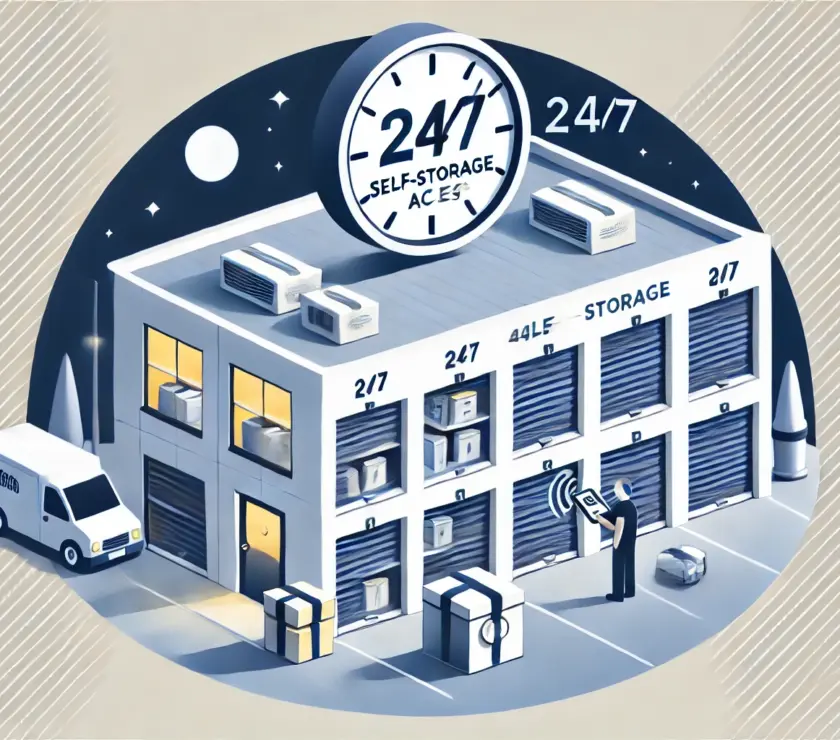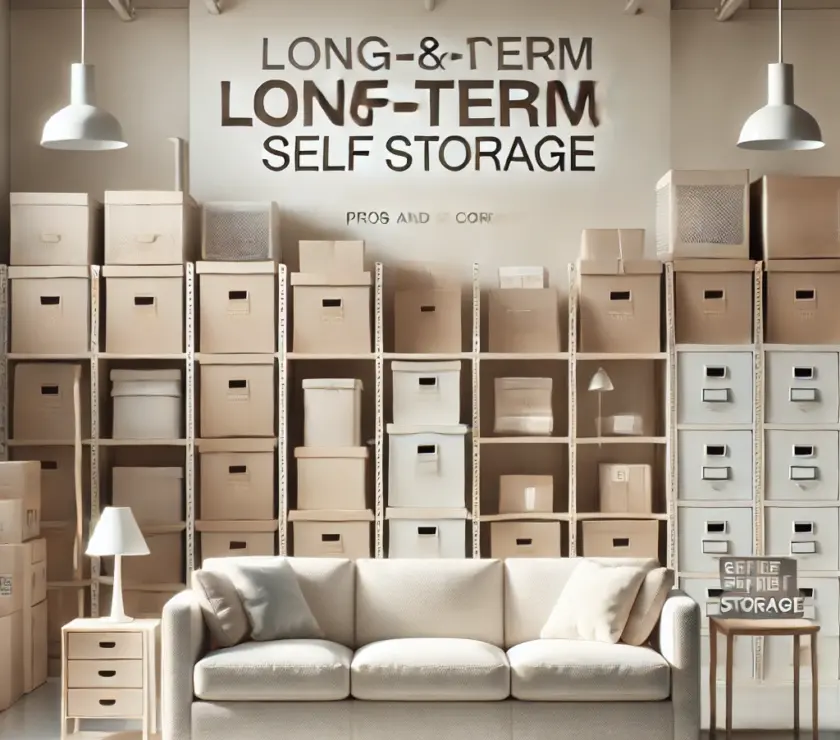Toys from childhood are not merely play items. They evoke feelings, commemorate events, and sometimes become treasured possessions. Whether you’re a parent who wishes to keep toys as a valuable collection for your child, a collector, or someone feeling sentimental about the past, proper storage is essential to maintaining their condition. Over the years, these toys may become damaged by dust, dampness, and temperature changes, creating a need for smart storage solutions.
This blog provides insights on how to properly store childhood toys, especially using self-storage services like those offered by Southwick Storage. Children’s treasures can be safely stored in self-storage facilities with secure access and climate control—plus, you can enjoy 24-hour access for your convenience.
Tidy Up and Divide Toys Before Putting Them Away
It is crucial to tidy up and sort out toys before packing them for storage. Not all toys may be worth keeping, so this is a good time to decide what to keep, give away, sell, or discard. Consider these factors:
- Nostalgic Value: Are there toys with special memories, like a favorite teddy bear or the first doll?
- Financial Value: Some toys, like limited-edition action figures or dolls, may become valuable over time.
- Usability: Useful toys should be kept, while broken or damaged toys may not be worth the space.
Once sorted, categorize toys into groups such as “sentimental,” “valuable,” and “miscellaneous” for easy retrieval later.
Clean Toys Before Storing
Before storing toys for any length of time, thoroughly cleaning them is essential to prevent dust accumulation, mold growth, or pest infestations. Follow these cleaning tips based on the type of toy:
- Plastic Toys: Wipe down with mild soap and water. Avoid using harsh chemicals that may damage the material.
- Soft Toys: Wash plush toys in a washing machine on a gentle cycle or hand wash. Ensure they are completely dry before storing to prevent mold.
- Electronic Toys: Remove batteries to prevent leakage, and wipe them with a dry cloth.
Proper cleaning ensures that toys remain in excellent condition during storage.
Select Appropriate Storage Containers
Choosing the right storage containers is crucial for maintaining the quality of your toys. Here are some ideal options:
- Plastic Bins with Lids: These sturdy, clear bins protect toys from dust and moisture while allowing easy visibility of the contents.
- Acid-Free Storage Boxes: For valuable or delicate toys, such as collectible dolls or vintage items, acid-free boxes prevent degradation and ensure the materials last.
- Vacuum-Sealed Bags: For soft toys or stuffed animals, vacuum-sealed bags save space and protect against dust, moisture, and allergens.
Remember to label all containers clearly to avoid confusion when retrieving specific toys later.
Opt for a Climate-Controlled Self-Storage Unit
For long-term storage of toys, consider using a climate-controlled self-storage unit. Environmental factors such as humidity, temperature changes, and sunlight can cause significant damage to toys over time, particularly those made of plastic, metal, or fabric.
A climate-controlled unit, like those offered by Southwick Storage, protects toys from these damaging elements. This is particularly beneficial for:
- Older, Vintage Toys: Older toys are often made from more delicate materials, and climate control ensures they remain in good shape.
- Electronic Toys: Moisture can damage electronic components, so a dry, temperature-regulated environment is critical.
With 24/7 access, you can retrieve your items whenever needed, making it a convenient option for those with busy schedules.
Create a Toy Map for Easy Retrieval
If you have a large collection of toys, it can be challenging to keep track of where each toy is stored. Creating a simple map or inventory of your storage unit can help you locate specific toys easily.
Mark the contents of each bin on a sheet and attach it to the container or save it electronically. This is especially useful for self-storage since it saves time during visits, allowing you to find specific toys without unpacking the entire unit.
Disassemble Large Toys or Playsets
Large toys like dollhouses, playsets, or LEGO structures can take up a lot of space. To maximize storage space, disassemble these larger items:
- Dollhouses and Playsets: Carefully take apart and store in labeled bags or containers.
- LEGO Sets: Keep all pieces together in one container, and label each set for easy identification.
Store small parts, screws, and other hardware in labeled bags and attach them to the corresponding toy to make reassembly easier when needed.
Store Toys Based on Usage
When organizing your storage unit, place frequently used toys, such as seasonal or recent favorites, towards the front. Less-used toys or collectibles can be stored at the back. This system allows for easy access without the need to rummage through the entire unit.
In a self-storage unit with 24/7 access, this arrangement becomes even more practical, allowing quick retrieval during late-night visits without disturbing the entire storage setup.
Check on Your Stored Toys Regularly
Even when stored in a self-storage unit, it’s a good idea to check on your toys periodically. Regular checks ensure that no items are damaged due to unforeseen circumstances like temperature changes or pests. Although self-storage facilities are generally secure, staying vigilant helps keep your items in the best condition possible.
Consider Passing Down Toys to Future Generations
If you’re storing toys with the hope of passing them down to future generations, such as children or grandchildren, self-storage is a great option. You can securely keep them until the right time comes, ensuring they remain in excellent condition for years to come.
Conclusion
Storing childhood toys doesn’t have to be complicated. By following these tips and using a self-storage unit like those offered by Southwick Storage, you can preserve your treasured items and rest assured they are safe. With climate control, 24/7 access, and secure facilities, self-storage offers the ideal solution for toy preservation.
Whether you’re keeping toys for sentimental reasons or hoping they will increase in value, proper storage ensures they remain in excellent condition for years to come.







